Terpenes: Unlocking Cannabis Cup Strains’ Unique Aromas and Experiences
Terpenes, natural aromatic compounds in cannabis, create unique scents and potential therapeutic eff…….
In the ever-evolving world of cannabis, the concept of ‘Cannabis Cup Strains’ has emerged as a pivotal aspect, capturing the attention of enthusiasts, researchers, and industry professionals alike. This comprehensive guide aims to unravel the intricacies of this phenomenon, offering an in-depth exploration of its history, global impact, economic implications, technological advancements, regulatory landscape, and future prospects. By delving into these various facets, we will provide a holistic understanding of Cannabis Cup Strains and their significant role in shaping the modern cannabis industry.
Definition: Cannabis Cup Strains refer to specific varieties or cultivars of cannabis plants that have been meticulously bred and selected for their unique attributes, primarily focusing on high-potency levels, distinct aromas, and potent effects. These strains are often celebrated and recognized at international cannabis competitions, earning them the prestigious ‘Cannabis Cup’ title.
Core Components: The essence of Cannabis Cup Strains lies in three primary components:
Genetics: Each strain boasts a unique genetic makeup, determined by the combination of male and female cannabis plants through selective breeding practices. These genes dictate the strain’s inherent characteristics.
Terpene Profile: Terpenes are aromatic compounds naturally present in cannabis, contributing to its distinct flavors and potential therapeutic effects. Cannabis Cup Strains are renowned for their well-balanced and complex terpene profiles, often featuring high concentrations of myrcene, limonene, and pinene.
Cannabinoid Content: The cannabinoid makeup is another critical aspect. High concentrations of tetrahydrocannabinol (THC), the primary psychoactive compound, and cannabidiol (CBD), known for its medicinal properties, are common hallmarks of these strains.
Historical Context: The history of Cannabis Cup Strains can be traced back to the early 2000s when cannabis cultivation began to evolve beyond recreational use. As the demand for medical marijuana grew, breeders started experimenting with different techniques to create varieties with specific therapeutic benefits and potent effects. These efforts led to the identification and celebration of exceptional strains at various cannabis competitions, giving rise to the ‘Cannabis Cup’ concept.
The global impact of Cannabis Cup Strains is profound and multifaceted:
Diverse Market Penetration: These strains have permeated legal and illegal markets worldwide, attracting both medical patients and recreational users. Their unique attributes make them highly sought after in various cannabis products, including flowers, concentrates, and edibles.
Regional Preferences: Different regions have developed distinct preferences for Cannabis Cup Strains, influenced by local cultures, climate, and consumer demands. For instance, Indica strains with high CBD content are popular in Europe for their potential anxiety-relieving effects, while Sativa strains rich in THC dominate the American market, catering to users seeking an energetic high.
Trending Strains: Keeping up with trends, breeders continuously develop new Cannabis Cup Strain varieties. Some of the current favorites include ‘Blue Dream’ for its balanced THC and CBD profile, ‘Trainwreck’ known for its potent effects and euphoric aroma, and ‘Girl Scout Cookies’ celebrated for its heavy resin production and intense flavor.
Market Dynamics: The economic landscape surrounding Cannabis Cup Strains is dynamic and rapidly evolving. As legalizations spread globally, the cannabis market has experienced exponential growth, with a significant portion attributed to premium strains. This surge in demand has led to increased pricing for high-quality, award-winning strains.
Investment Patterns: The industry attracts substantial investment, with many companies focusing on strain development and cultivation. Breeder cooperatives and cannabis corporations invest heavily in research and breeding programs to create new Cannabis Cup Strains, ensuring a consistent supply of top-tier products.
Economic Impact: Economically, Cannabis Cup Strains contribute to job creation, tax revenue, and agricultural diversity. The legal cannabis industry is generating billions of dollars annually, with premium strains playing a pivotal role in driving sales and revenue.
Technological innovations have revolutionized the landscape of Cannabis Cup Strains:
Genetic Testing: Advanced genetic testing techniques allow breeders to identify specific genes associated with desired traits, enabling more precise breeding and strain development. This technology ensures consistent quality and facilitates the creation of hybrid strains with tailored effects.
Cloning and Propagation: Cloning technologies have improved the speed and consistency of propagating high-quality cannabis plants, ensuring that award-winning strains can be replicated accurately across large-scale cultivation operations.
Hydrocultivatation and Soilless Media: Hydrocultivation systems and soilless media like coco coir and hydroponic solutions offer precise control over nutrient delivery, pH levels, and environmental conditions, resulting in healthier plants with higher cannabinoid concentrations.
Data Analytics: Utilizing data analytics, breeders can track and optimize growing conditions, allowing for more efficient strain development and improved yield quality.
The regulatory landscape surrounding Cannabis Cup Strains is complex and varies widely across jurisdictions:
Legalization Status: Some countries and states have legalized cannabis for medical and/or recreational use, leading to the establishment of robust regulations governing strain cultivation, sales, and distribution. Others maintain strict controls or outright prohibitions.
Licensing and Permits: Growers cultivating Cannabis Cup Strains must obtain licenses and permits from regulatory bodies, adhering to specific standards for facility design, security, testing, and record-keeping.
THC Limits: Many regions impose legal limits on the THC content in cannabis products. Regulators may differentiate between medical and recreational markets, setting different THC thresholds for each category.
Labeling and Disclosed Information: Products derived from Cannabis Cup Strains must comply with labeling requirements, providing detailed information about strain origins, cannabinoid profiles, and potential effects to consumers.
The future of Cannabis Cup Strains appears promising, with several trends shaping their trajectory:
Personalized Medicine: As medical cannabis continues to gain acceptance, personalized medicine approaches will likely become more prevalent. Patients may seek specific strains tailored to their unique needs and conditions, leading to a demand for diverse and specialized Cannabis Cup Strains.
Research and Development: Ongoing research into the therapeutic potential of cannabinoids will drive further development of strains with targeted effects. Scientists are exploring strains for treating various conditions, such as PTSD, chronic pain, and neurological disorders.
Sustainability: The industry is moving towards more sustainable cultivation practices, focusing on organic farming methods, energy efficiency, and water conservation. These efforts aim to minimize the environmental impact of Cannabis Cup Strain production while ensuring high-quality outputs.
Global Expansion: With legalizations in more countries, the global cannabis market will continue to expand, creating opportunities for international breeders and cultivators to showcase their premium strains on a worldwide stage.
Cannabis Cup Strains represent the pinnacle of cannabis cultivation, combining potent genetics, unique terpene profiles, and precise cannabinoid content. Their global impact has reshaped the cannabis industry, driving economic growth, technological innovation, and regulatory development. As the landscape continues to evolve, these strains will remain a central focus, offering consumers diverse choices while advancing medical research and therapeutic applications.

Terpenes, natural aromatic compounds in cannabis, create unique scents and potential therapeutic eff…….
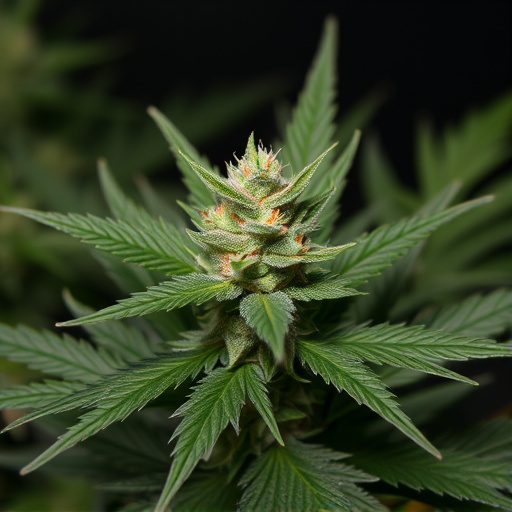
Cannabis users select specific strains tailored to their daytime activities, focusing on energy and…….

Sativa cannabis strains, celebrated at events like the Cannabis Cup, offer uplifting effects ideal f…….
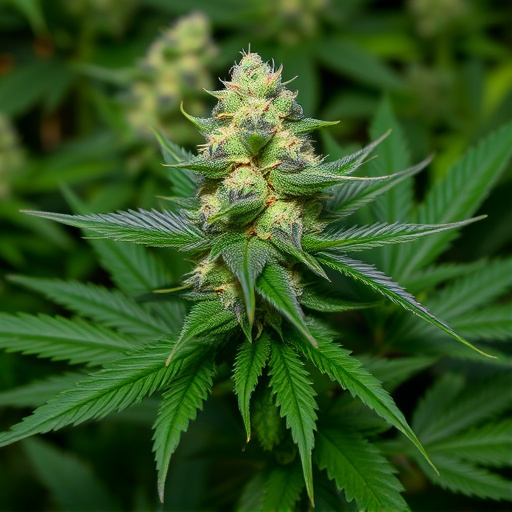
Cannabis genetics are key in creating the diverse cannabis cup strains available today, with breeder…….
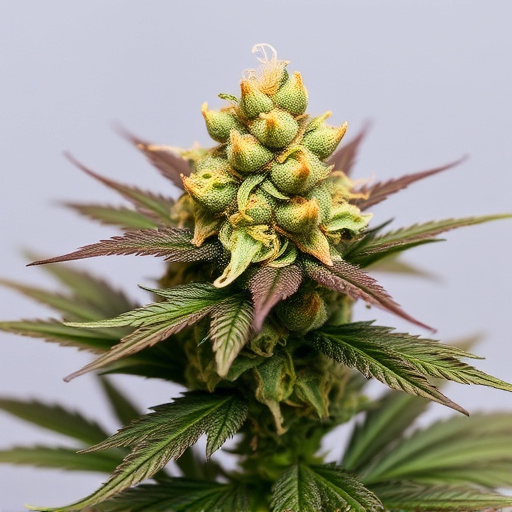
Sleep quality significantly impacts overall health, and cannabis cup strains with high CBD and low T…….
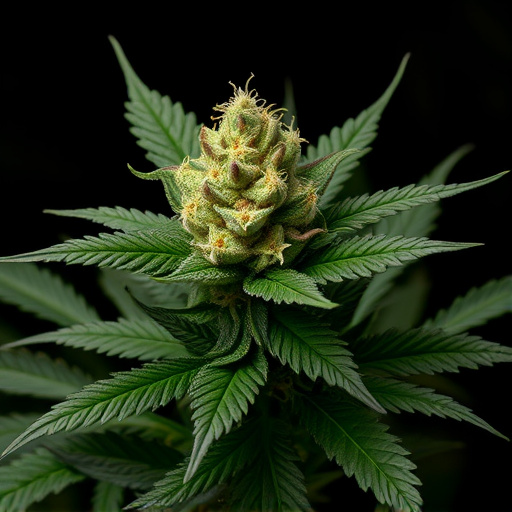
Cannabis cup strains have become a central aspect of modern social gatherings, offering diverse flav…….
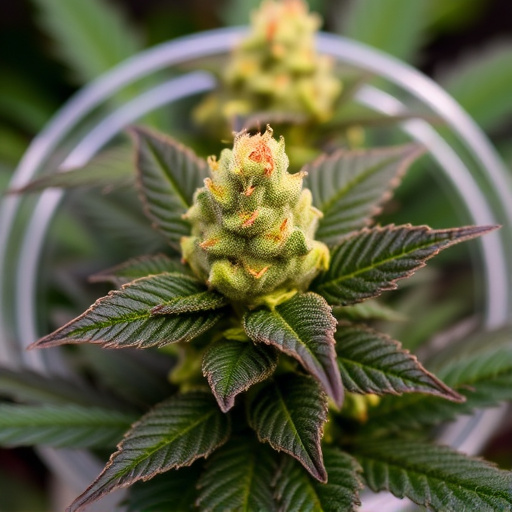
Heavy consumption of potent cannabis cup strains can lead to both immediate mental and physical effe…….
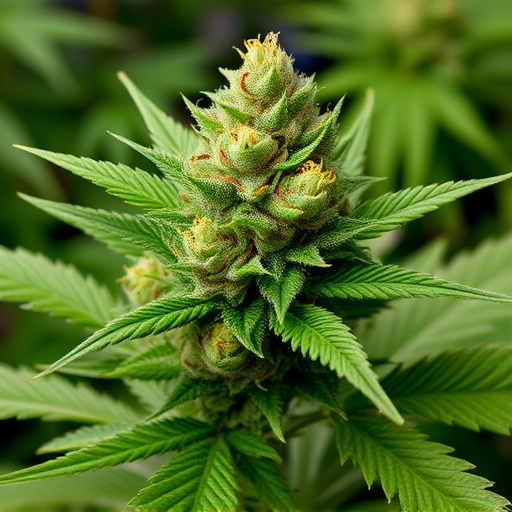
Sativa cannabis cup strains, popular at annual Cannabis Cup events, offer energy and motivation thro…….
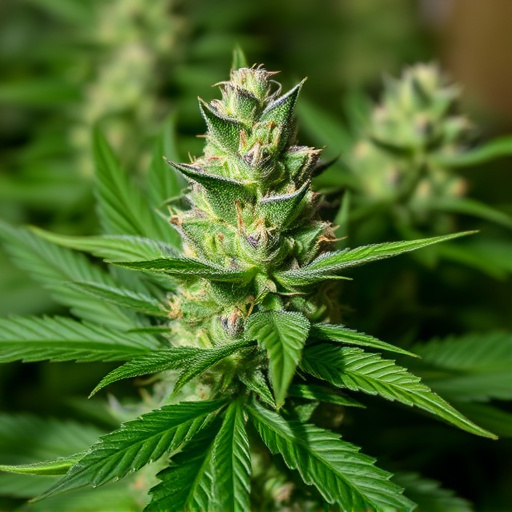
Optimizing cannabis vaporizer experiences requires understanding ideal temperature settings by strai…….
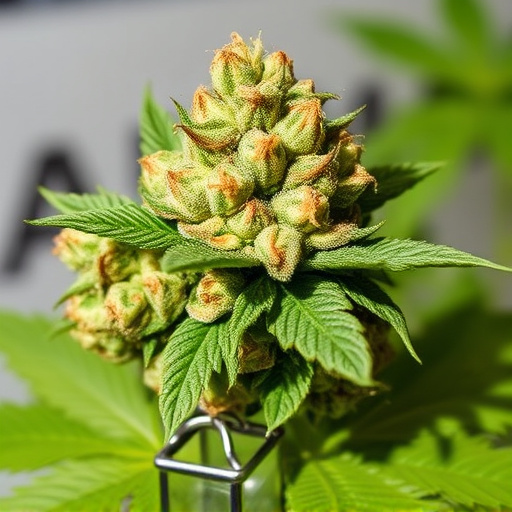
Selecting the perfect cannabis cup strains for cooking involves considering THC/CBD levels, flavor p…….